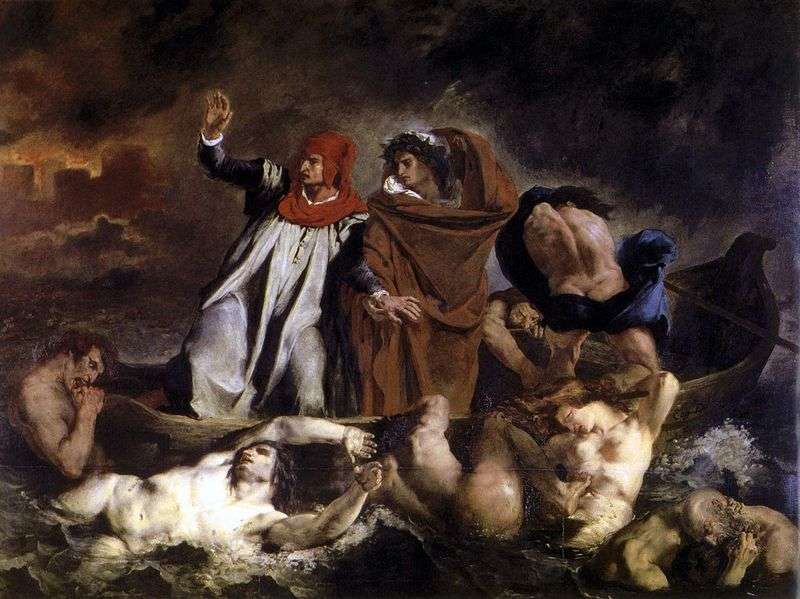
The first independent work of E. Delacroix “Dante and Virgil”, written on the plot of “Divine Comedy”, brought him wide fame and made him start talking about the birth of a new romantic artist. The powerful emotional impact of this canvas is primarily due to unconventional use of color.
In contrast to the classicists who give him a secondary place in comparison with the picture, E. Delacroix considers color to be the most important element of painting. The color sound of “Dante and Virgil” is enhanced by the use of contrasting tones: bright spots of red and blue in the depiction of clothes and light nuances of bodies barely stand out on a greenish-blue and brown background. Other names that meet this name are “The Rook of Dante” and “Dante and Virgil in Hell”.
This is the first large canvas of Delacroix stylistically dates back to the “Jelisco’s” Raft of Medusa, which appeared three years earlier, although these “works” are very different – Gericault interprets the real tragic event, and Delacroix creates a “literary” cue referring the audience to the Eighth Song of Hell from the “Divine Comedy” of Dante.
This song tells how Dante, led by Virgil, swims across the Stygian swamp, surrounding the hellish city of Diet. In a boat ruled by Flegii, while trying to climb “angry”, subject to eternal punishment in this swamp. The picture of Delacroix shows a good acquaintance of the author with the work of the old masters – for example, many lines and figures are directly borrowed from him by Michelangelo, which, however, does not in any way diminish the values of this painting, which really amazed contemporaries. And not only “angry” young, but also such recognized masters of academicism, as, for example, Antoine Gro. He approved the coloring of the picture, not failing, however, to blame the young author for the unsatisfactory picture.
Delacroix himself was very pleased with his debut, although in the diary he rated the work quite soberly: “And finally, my own picture, which I like so much,” he wrote. “She has one drawback: she lacks the picturesque power. coped with the technique of impasto, and therefore the contours of the figures look blurred and not too convincing… “
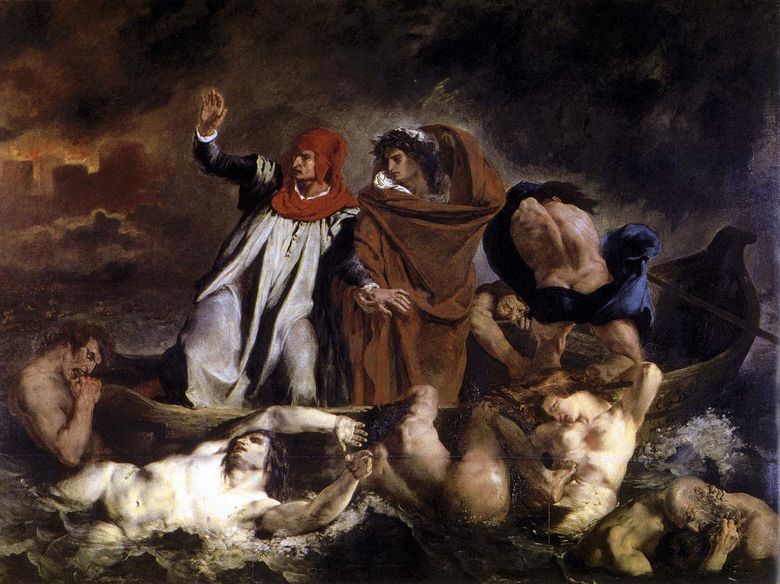 Rook Dante – Eugene Delacroix
Rook Dante – Eugene Delacroix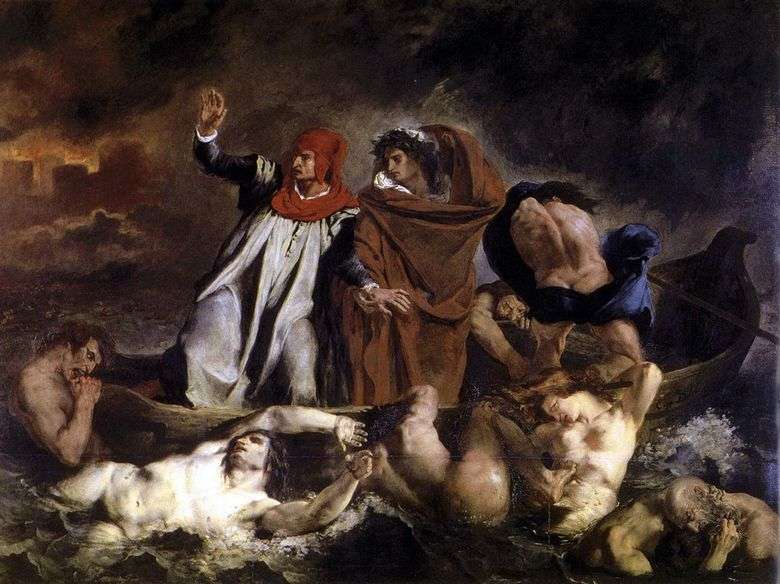 El novato Dante – Eugene Delacroix
El novato Dante – Eugene Delacroix Dante and Virgil in Hell by Adolf Bugero
Dante and Virgil in Hell by Adolf Bugero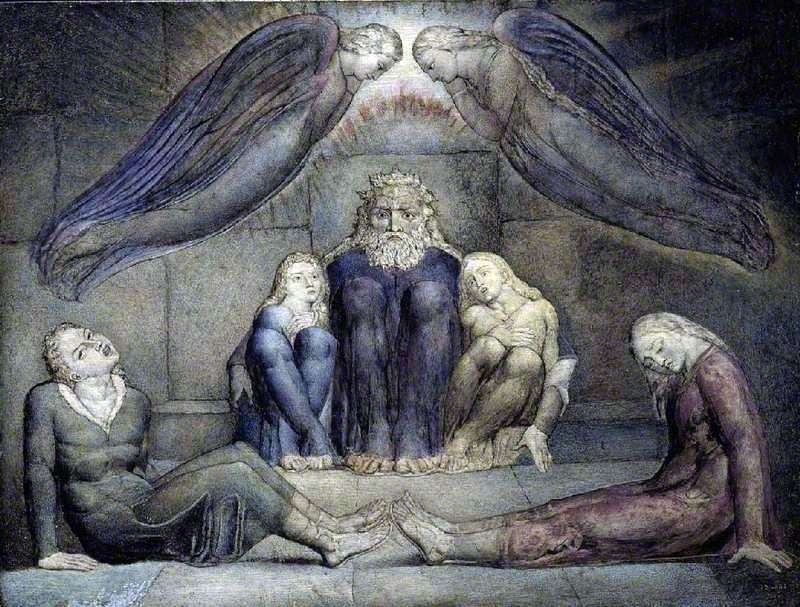 Ugolino with his sons in the dungeon by Ulam Blake
Ugolino with his sons in the dungeon by Ulam Blake Sketch for the painting Death of Sardanapal by Eugene Delacroix
Sketch for the painting Death of Sardanapal by Eugene Delacroix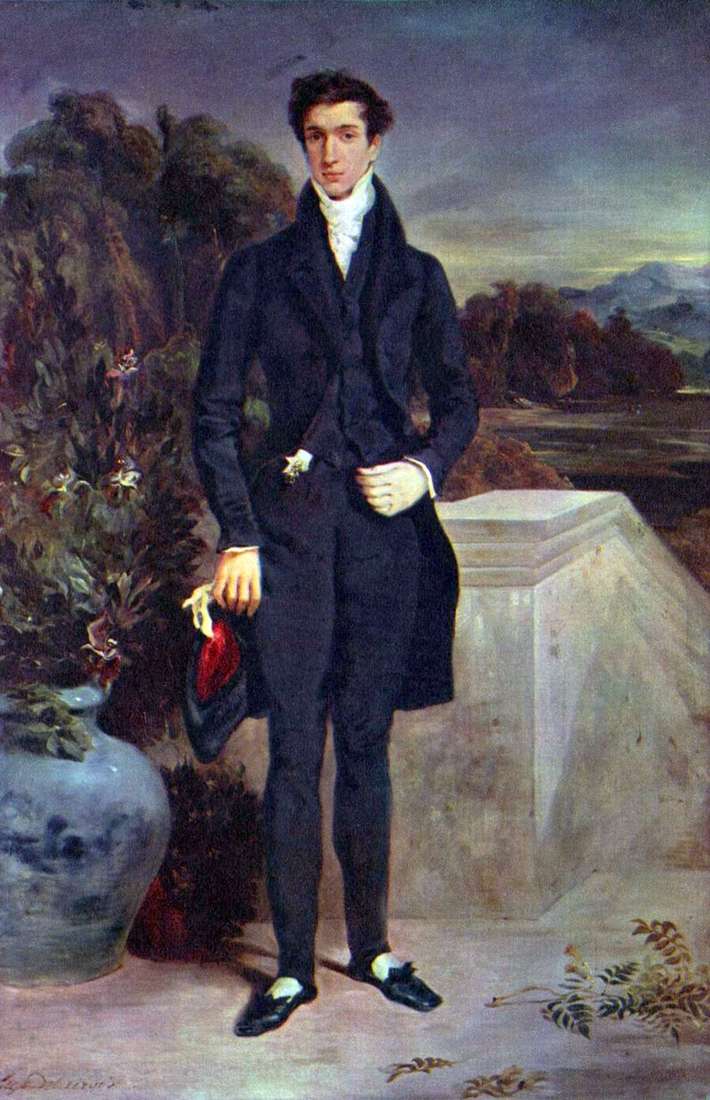 Portrait of Baron Schweiter by Eugene Delacroix
Portrait of Baron Schweiter by Eugene Delacroix Moroccan family by Eugene Delacroix
Moroccan family by Eugene Delacroix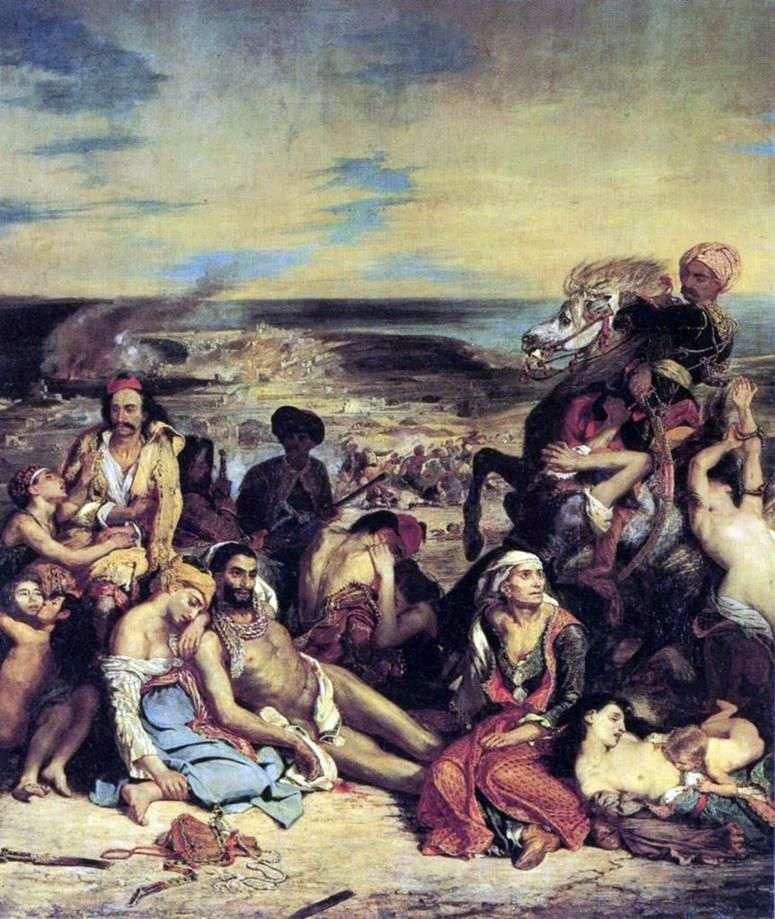 Massacre on Chios by Eugene Delacroix
Massacre on Chios by Eugene Delacroix